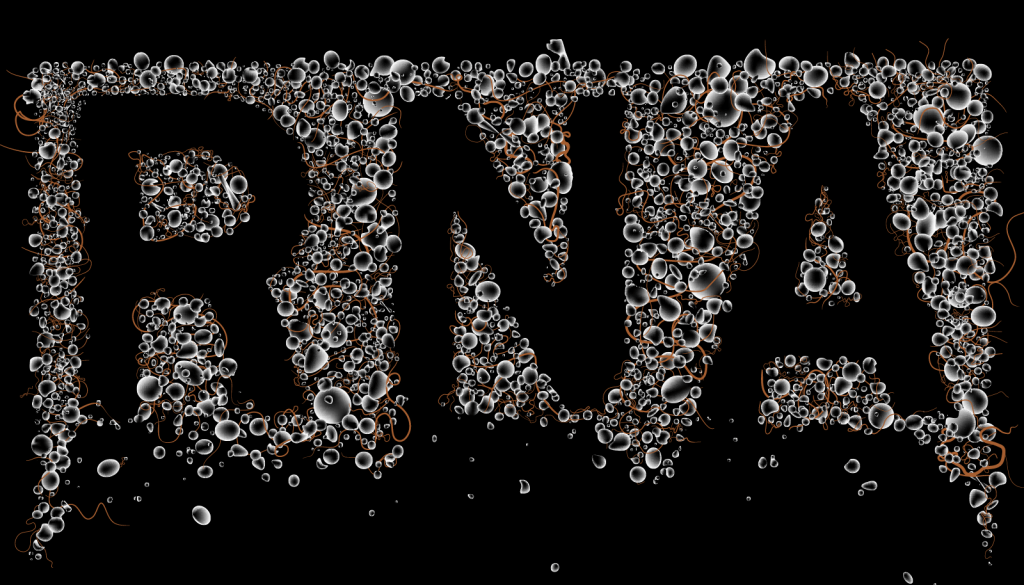Identifying transcript location in cells
Identifying where specific RNAs occur within a cell or tissue has been limited by technology and imaging capabilities. Expansion microscopy has allowed for better visualization of small structures by expanding the tissues with a polymer- and hydrogel-based system. Alon et al. combined expansion microscopy with long-read in situ RNA sequencing, resulting in a more precise visualization of the location of specific transcripts. This method, termed “ExSeq” for expansion sequencing, was used to detect RNAs, both new transcripts and those previously demonstrated to localize to neuronal dendrites. Unlike other in situ sequencing methods, ExSeq does not target sets of genes. This technology thus unites spatial resolution, multiplexing, and an unbiased approach to reveal insights into RNA localization and its physiological roles in developing and active tissue.
Structured Abstract
INTRODUCTION
Cells and tissues are made up of diverse molecular building blocks, organized with nanoscale precision over extended length scales. Newly developed techniques that enable highly multiplexed, nanoscale, and subcellular analysis of such systems are required. Although much progress has been made on methods for multiplexed RNA imaging, these methods have been limited in their spatial precision, especially in the context of three-dimensional systems such as tissues. Because of this limitation, interrogation of tissues has been performed with either high spatial resolution or high molecular multiplexing capacity, but not both.
RATIONALE
We reasoned that physically expanding specimens by adapting expansion microscopy could help support spatially precise in situ sequencing. The physical expansion of specimens provides two benefits: First, it enables ordinary microscopes to achieve nanoscale effective resolution. Second, by anchoring RNA molecules to a polymer network, digesting away other molecules, and then expanding the polymer in water, RNAs become more accessible. By creating a chemical process that enables enzymatic reactions to proceed in expanded specimens, we enabled in situ fluorescent sequencing of RNA with high spatial precision, which we term expansion sequencing (ExSeq). We developed both untargeted (i.e., not restricted to a predefined set of genes) and targeted versions of ExSeq.
RESULTS
Using untargeted ExSeq, we showed the presence of transcripts that retain their introns, transcription factors, and long noncoding RNAs in mouse hippocampal neuron dendrites. Using targeted ExSeq, we observed layer-specific cell types across the mouse visual cortex and RNAs in nanoscale compartments of hippocampal pyramidal neurons, such as dendritic spines and branches. We found that spines could exhibit distributions of mRNAs different from those exhibited by adjacent dendrites. Moreover, we found patterns of similarity between the dendritic profiles of RNAs in different types of hippocampal neurons. In a human metastatic breast cancer biopsy, we mapped how cell types expressed genes differently as a function of their distance from other cell types, identifying, for example, cellular states of immune cells specific to when they were close to tumor cells.
CONCLUSION
ExSeq enables highly multiplexed mapping of RNAs—from nanoscale to system scale—in intact cells and tissues. We explore how RNAs are preferentially targeted to dendrites and spines of neurons, suggesting RNA localization principles that may generalize across different cell types. We also examine gene expression differences in cell types as a function of their distance from other cell types in the context of a human cancer, which may yield insights into future therapeutic approaches that take cellular interactions into account.







